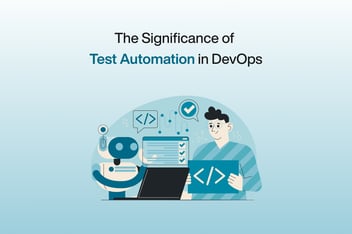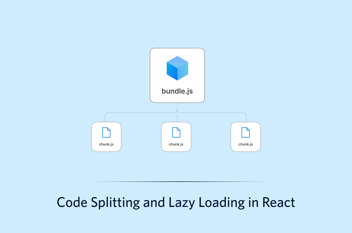The emergence of low-code and no-code platforms has played a pivotal role in simplifying programming for a wide audience. Not everyone has the opportunity to acquire coding skills, and these platforms have spearheaded the democratization of software development.
The origins of this trend are traced back to developers who began crafting tools for streamlined application development, collaboration, and deployment, all without heavy reliance on traditional manual coding. It wasn't until 2014 that Forester officially coined the term "low-code" platforms to describe these tools.
This novel technology employs visual modeling and drag-and-drop interfaces, making it accessible for both developers and non-developers to interact with code effortlessly.
Subsequently, "no-code" platforms emerged, tailored for citizen developers, such as business users and executives, who may lack coding knowledge but need to utilize the product. No-code platforms anticipate user needs and come equipped with all the essential features built-in, revolutionizing the corporate landscape. Gone are the days when business users had to depend on internal IT departments or costly third-party vendors.
Low-Code Automation
Low-code automation platforms enable users to automate processes within applications with minimal coding knowledge. They typically offer pre-built components through visual modules for easy and rapid use, although more complex or specific interactions may necessitate coding expertise. While non-technical users can benefit from low-code automation platforms, technical assistance is often required since most automation projects may require coding at some point. In summary, these platforms reduce the need for extensive manual coding and consequently enhance business productivity.
No-Code Automation
No-code automation platforms, on the other hand, allow both technical and non-technical users to automate processes using graphical user interfaces instead of traditional coding. These interfaces often involve drag-and-drop elements that mimic a user's interactions with a computer. Like low-code applications, they expedite automation but eliminate the need for coding expertise. The ultimate aim is to circumvent traditional IT development constraints, such as time, resources, and costs, to achieve agility in business processes.
Contrary to a common misconception, no-code automation platforms are not limited to simple automation projects. They have evolved to meet diverse business demands, offering rich features and integrations that enable users to automate processes tailored to specific organizational needs.
Key Differences Between Low-Code and No-Code Automation
- Programming Knowledge: No-code platforms do not require any coding skills, providing a more accessible approach than low-code platforms. Low-code platforms, on the other hand, allow developers to delve into coding when necessary, catering to those with coding proficiency.
- Automation Design: No-code platforms empower end-users to design automation processes through intuitive drag-and-drop manipulation. While low-code platforms use a similar deployment model, they rely more on coding for process design.
- Developer Dependency: Low-code platforms enable non-technical users to automate processes up to a certain point. Due to their limited coding skills, they may require developer assistance to finalize projects. In contrast, no-code platforms grant complete independence to users, eliminating the need for technical knowledge.
Conclusion
The rise of low-code and no-code platforms has significantly transformed the landscape of software development, making it more accessible to a broader audience. These platforms empower both technical and non-technical users to automate processes, with no-code platforms eliminating the need for coding skills. As businesses increasingly embrace these approaches, they experience heightened productivity, reduced risk, and lower operational costs. The low-code/no-code paradigm is helping organizations streamline their operations, allowing their teams to focus on high-level strategic tasks that drive business value.




